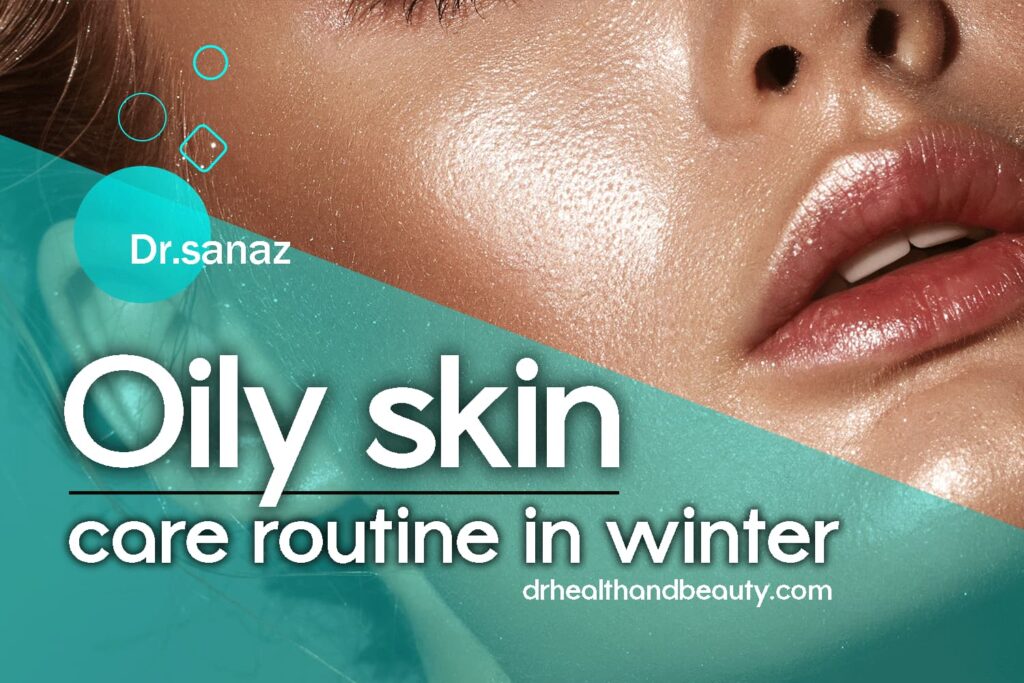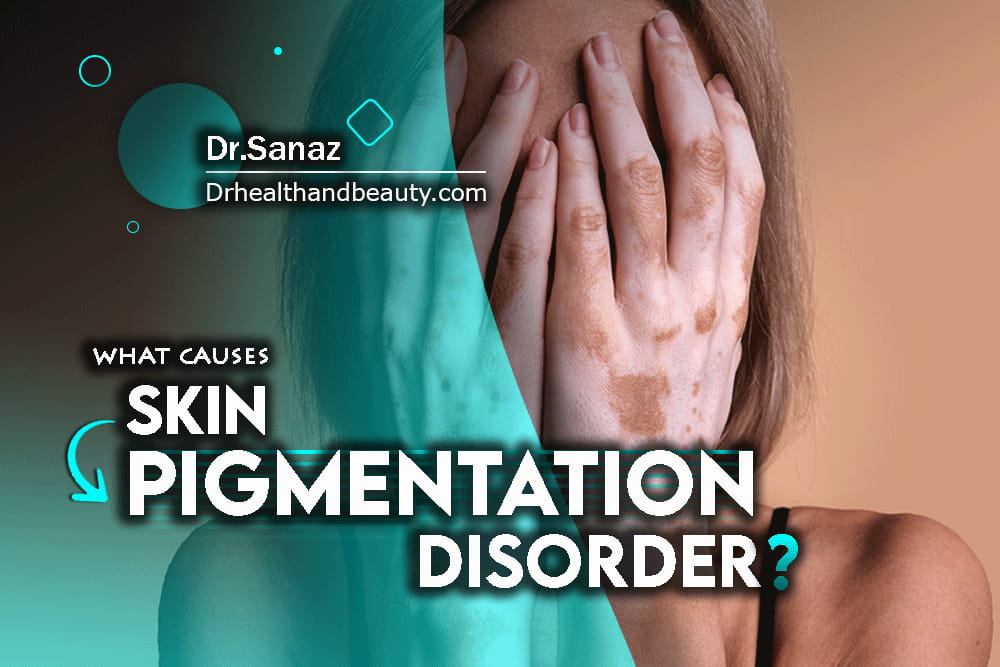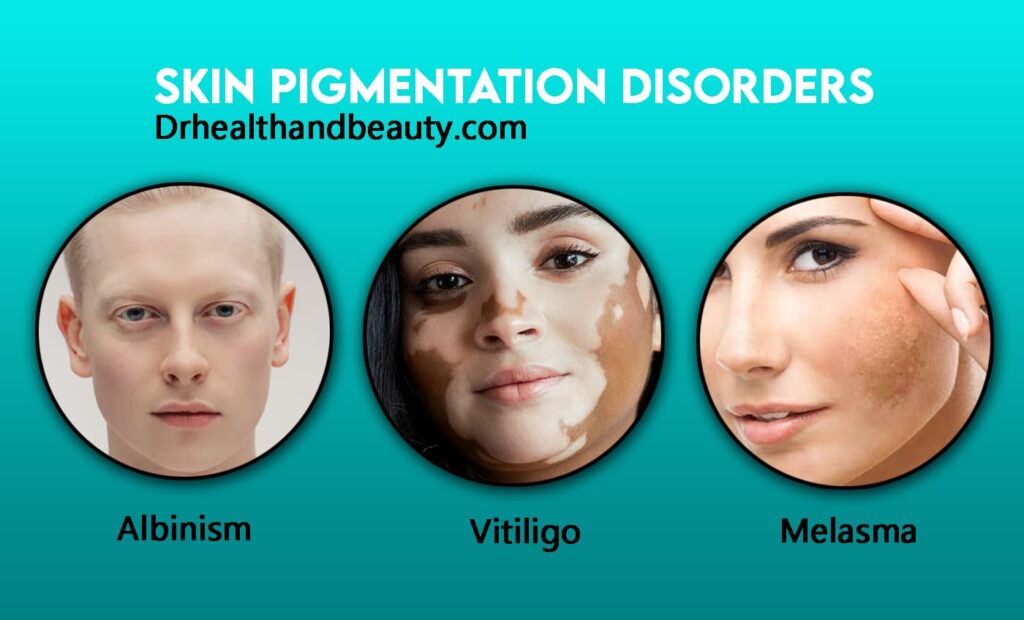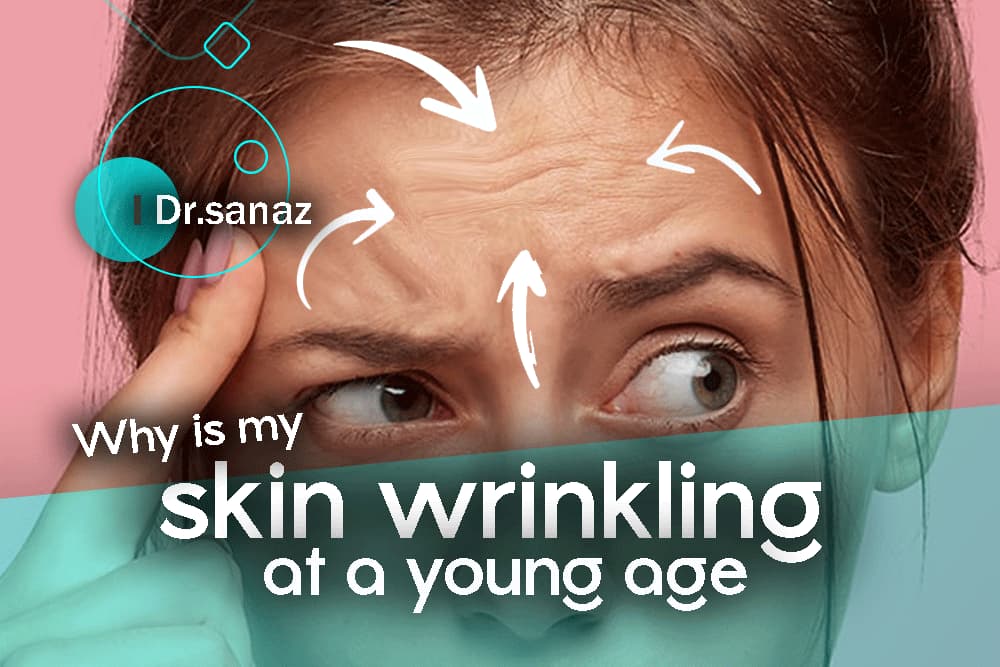

What Causes Skin Pigmentation Disorder?
Table of Contents
Skin pigmentation disorders can hurt your skin color. Skin pigmentation disorder is a type of skin disease that can affect its color. The lack of pigments causes skin pigmentation problems. In general, your skin gets its color from a pigment called melanin. Melanin is produced by special cells, such as melanocytes in the skin, which create skin color.
When these cells are damaged, they can negatively affect melanin production. Some pigmentation disorders affect only patches of skin. Based on the reasons for this disorder’s development, the lack of pigments can affect small areas or the whole body.
Pigmentation disorders in the skin are classified into hyperpigmentation and hypopigmentation. Hyperpigmentation appears due to increased melanin in the skin. Hypopigmentation is caused by a decrease in melanin production in the skin.

What are the different types of skin pigmentation disorders?
Types of skin pigmentation disorders
Skin pigmentation disorders include albinism, melasma, and vitiligo.
- albinism
Albinism is an inherited disorder in which the melanin pigment is produced in a low or no way. The type and amount of melanin produced in your body determines the color of your skin, hair, and eyes.
A genetic defect in one of several genes causes a decrease in melanin production in the skin. This genetic defect causes the absence of melanin production or decreased production rate. The leading causes of albinism are lack of pigment in hair, skin, or eyes. Symptoms of albinism can affect the whole body or just small patches of skin.
Sometimes, a person with albinism has some color in their skin, hair, and eyes, but it is lighter than usual. People with albinism are sensitive to sunlight. Exposure of these people to sunlight is at risk of skin cancer. There is no cure for this type of skin pigmentation disorder; sufferers can only protect their skin and eyes to minimize damage to their vision.

- Melasma
Melasma is a skin condition characterized by brown, gray, or freckled spots. Melasma usually appears during pregnancy (called the mask of pregnancy) and in women who use oral contraceptives, But it can happen to anyone.
Melasma is caused by the overproduction of specific cells that give your skin its color. Melasma usually goes away after a few months and will darken and lighten over time, often getting worse in the summer and better in the winter.
Another less common name for melasma is chloasma. Although the disorder is harmless, it can understandably make some people self-conscious. Inskin pigmentation disorder is more common among people with dark skin. Ten percent of cases occur in non-pregnant women and men with dark skin.
People who spend much time in the sun are at risk of developing melasma. Other risk factors include autoimmune thyroid disorders and medications that make some people’s skin more sensitive to the effects of sunlight.

vitiligo
Vitiligo is a type of skin pigmentation disorder that causes the skin to lose color. Generally, this skin disorder starts in the hands, forearms, feet, and face. Worldwide, about 1% or more of the population has vitiligo. Vitiligo is the destruction of melanocytes, which causes white skin spots. The cause of vitiligo is unknown, but it is a skin pigmentation disorder and may involve the immune system attacking the cells that produce the skin pigment melanin (melanocytes).
This disorder occurs when the cells that produce melanin die or fail. This condition is not life-threatening or contagious. It can also be stressful or make you feel bad about yourself. Vitiligo treatment may restore color to the affected skin, but it will not prevent the skin color from continuing to fade or return.
Vitiligo is associated with autoimmune disorders (when the body attacks its tissues), thyroid disease being the most common.

What are the most common causes of skin pigmentation disorders?
Causes of skin pigmentation disorder
Various reasons can cause skin pigmentation disorders, which include the following:
- Genetic factors
- Excessive exposure to ultraviolet rays
- Skin disorder and injury
- Many physical conditions, such as during pregnancy
- Hormonal changes
- Exposure to chemical and pharmaceutical compounds
Should skin pigmentation disorder be treated?
Most people suffer from pigment disorders on their skin and try to treat this disorder to make them look more beautiful. Before the treatment, it should be determined how severe the disorder is in the skin so that they can choose the most effective method for it.
Clinical diagnoses could be more reliable. Sometimes the results of the tests could be more consistent, in which case doctors are forced to take skin samples to diagnose the disease correctly. By correctly diagnosing skin problems, they can understand the depth of dark skin spots.
The Woods Light test and ultraviolet cameras are used to detect the depth of skin disorders.

What are the most effective treatments for skin pigmentation disorders?
Treatment of pigmented skin lesions
You can use different methods to treat skin pigmentation disorders:
- Sunscreen creams
You may think that UV rays affect the skin only through sunlight, but fluorescent lamps (low-energy and moonlight lamps) are considered UV rays. Exposure to sunlight causes skin pigmentation to increase.
In this case, you should always use sunscreen creams and similar products to protect yourself from sunlight and ultraviolet rays. It does not matter whether you are often indoors or outdoors. Therefore, you should use sunscreen.

- Illuminators
The use of lightening substances prevents the production of melanin pigments. In this case, you can remove the pigments with the help of substances such as hydroquinone, arbutin, licorice, or kojic acid (a strong brightener for the skin) and remove dark skin spots.
Unfortunately, hydroquinone derivatives are only effective in treating superficial skin problems, and you have to take these drugs for a long time. These materials’ brightening and color properties are not limited to skin problems, and it is possible to lighten the color of the surrounding areas.
- Exfoliators
To reduce the melanin population in the skin, you can use glycolic acid, tretinoin, salicylic acid, or a combination of these ingredients and skin care products. By combining lightening and exfoliating ingredients, you can get good results in treating skin problems such as facial spots (melasma), hyperpigmentation after inflammation, and swelling of the skin or freckles.
To exfoliate skin problems, you can use different methods, such as laser skin exfoliation and chemical exfoliation.

- mesotherapy
One of the suitable methods for treating deep and resistant spots is mesotherapy. Mesotherapy is one of the suitable drugs for treating skin pigmentation problems, which is injected directly into the spot.
- Surgical techniques
Invasive and destructive methods, including cryosurgery or a combination of chemical peels and TCA, can effectively treat problems related to epidermal pigments. Using these methods can lead to many problems, which can be mentioned as follows:
- Hyperpigmentation
- Hypopigmentation
- Atrophy of the skin
- Creating wounds and scars on the skin
- The return of skin complications once in a while
You cannot rely on invasive and destructive methods to treat the complications related to the pigments of the dermis layer because it causes wounds and scars in the desired areas.
Other treatment options may include dermabrasion, chemical peels, laser treatment, and lightning creams, such as hydroquinone. If the loss of skin pigmentation is tied to an underlying disease, treating the disease can help reduce your symptoms. For example, prescribed anti-inflammatory creams treat lichen sclerosis and pityriasis alba.
Moisturizing the skin can also speed up the healing process. Antifungal medications are used to treat tinea versicolor. These may be taken orally in pills or applied to the spots using a topical cream.
In these cases, it is also recommended; Use a medicated cleanser every two to four weeks to prevent the fungus from returning. In vitiligo many treatment options, such as light therapy, laser therapy, and surgery, improve hypopigmentation in treating vitiligo.

Home treatment for skin pigmentation disorders
If you are looking for home remedies to treat skin pigmentation disorder, a mixture of turmeric and mustard oil can be a great combination, although it may take up to a year to see results. Ginger juice, especially ginger roots, is effective in treating hypopigmentation. Grate some ginger or its roots and apply it on the spots. Do this twice a day for better results.

Conclusion
Human skin is rich in melanin. Melanin is the pigment that creates skin color. Melanin is produced by cells called melanocytes.
The number and level of activity of these cells (melanocytes) affect the degree of darkness of the skin, hair, and eyes. Imbalance and skin disorders can cause inconsistency in the color and pattern of the skin and finally cause blemishes.
An increase in the number of skin pigments (melanin) in an area leads to the darkening of the skin of that area, which is called hyperpigmentation. In this case, disorders such as melasma, chloasma, freckles, and pip are created.
A skin pigmentation disorder can be challenging, even if it does not harm your health. Emotional problems can take a toll on your mental health.
The good news is that many skin pigmentation disorders are not severe and can be treated medically or safely with cosmetics if desired. It is important not to lose heart when dealing with a skin pigmentation disorder and remember that all skins are beautiful.
Share in :
Explore more


Collagen Benefits For Hair And Skin- Drhealthandbeauty

